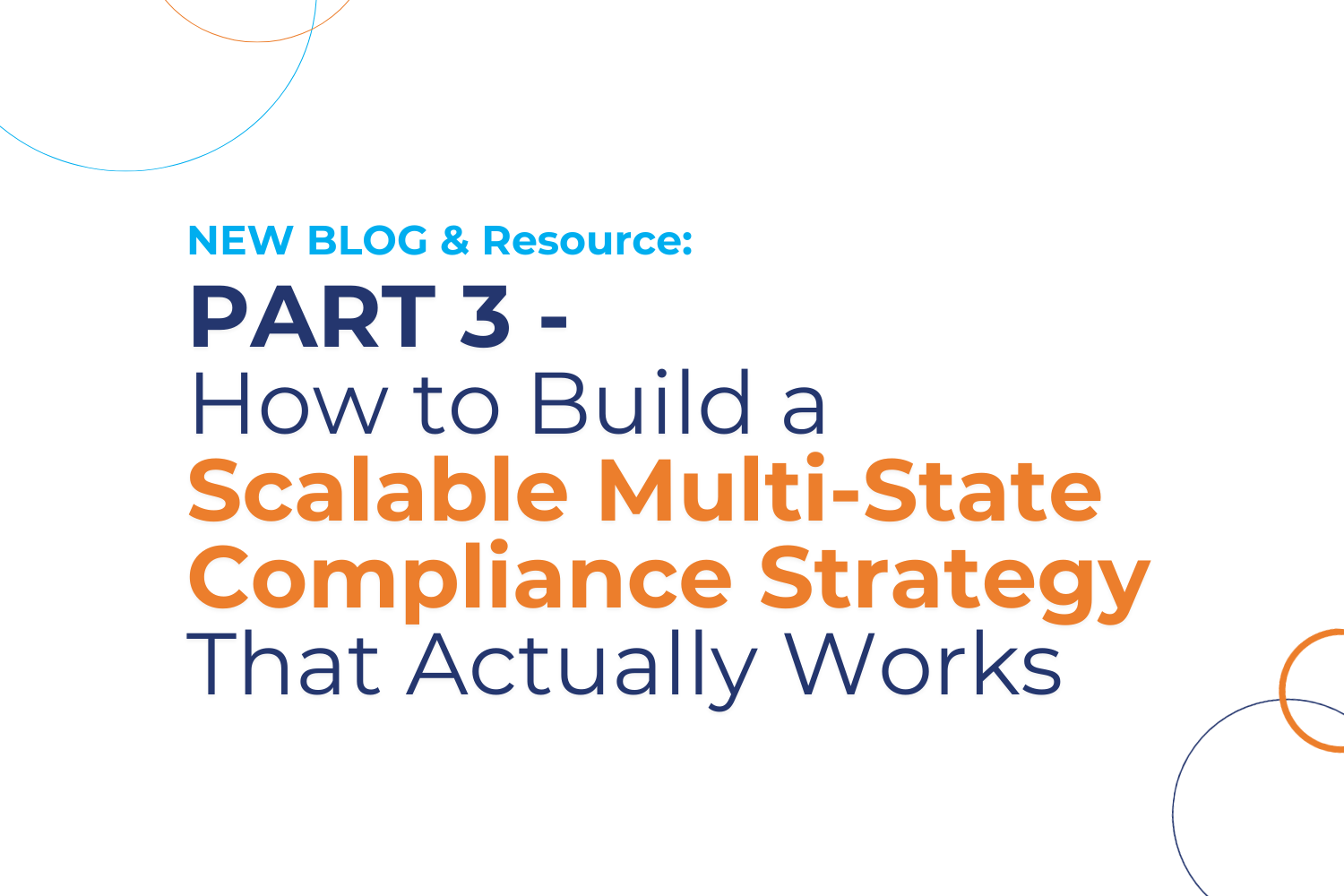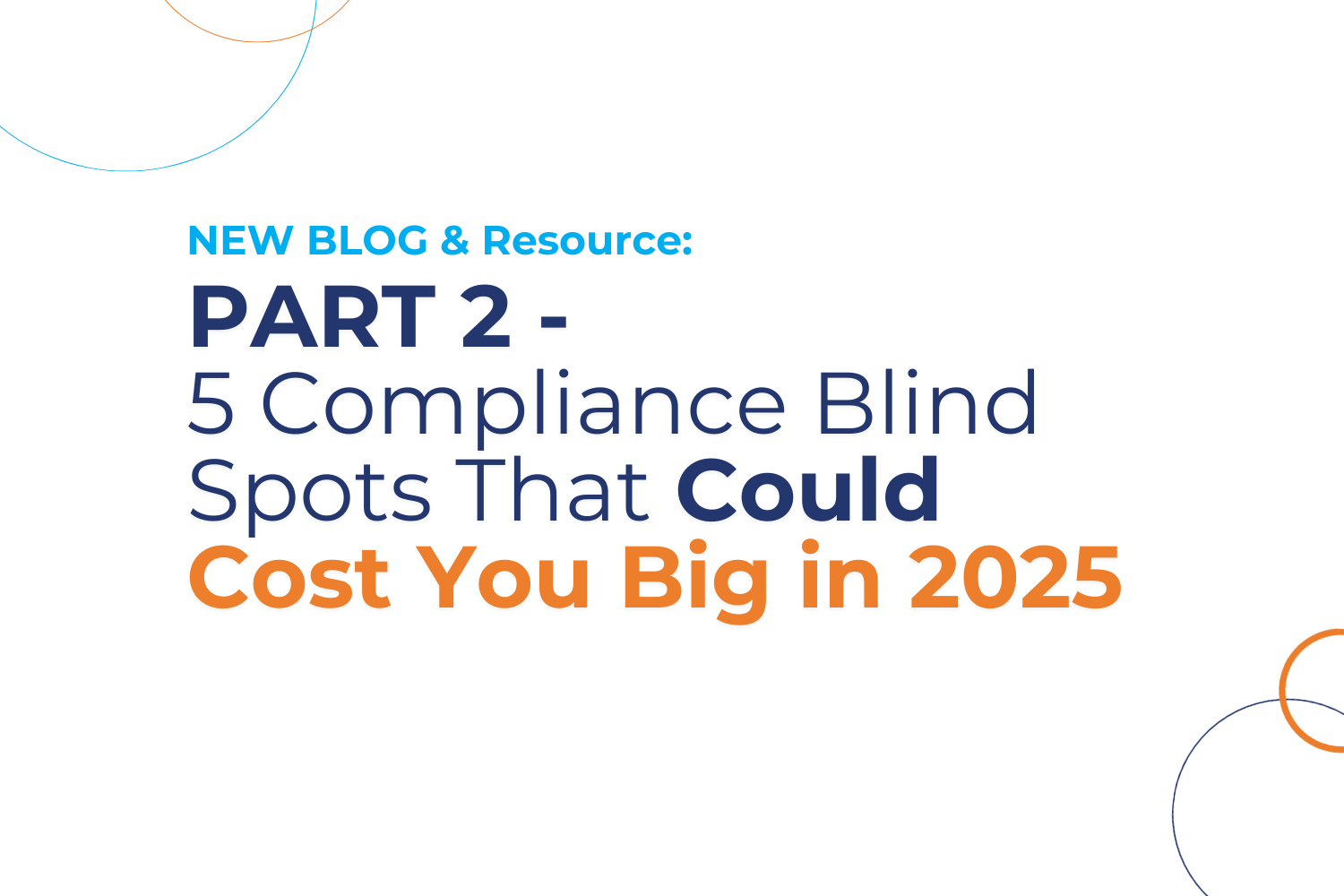Returning to Work

Work has changed. That’s just a matter of fact at this point. Everything that used to be standard is now up for consideration.
That doesn’t mean office life is gone, but it does mean how we interact with our places of work will be significantly different for the foreseeable future. There are dozens of new regulations being worked on at the federal, state, and local levels.
If you’re in the position where you’re starting to bring people back into a communal workspace of any kind, you’ll want to consult with an HR professional about how these will impact your business. For some more universal advice, here are some best practices to create a healthy and positive work environment when you return:
1. Communication and Expectations
- Centralized Communication – Having a central source for information about what is happening in your business and expectations about returning will help put your employees more at ease. You might also need to write new guidelines and modify your employee handbook to reflect new changes in the workplace.
- Who Should Return? It might also benefit your company to think through if everyone needs to return to work. Depending on the employer and employees, it might be best for some to remain remote workers, only coming into the office when necessary. If employees are maintaining productivity levels, this is ultimately one of the safest options for them and could alleviate a lot of mental stress. Just be sure to be mindful of the potential for telework fatigue as time goes by. This can be averted through regular communication and check-ins.
2. Employee health and safety
- Cleanliness and Sanitation – Even if you had cleaners coming through before, standards are going to have be raised across the board. Adequate cleaning supplies that are easily accessible for all employees is a requirement. Take note of any areas that are frequently touched or where people tend to gather. You’ll want to give special attention, and more frequent sanitation, to those spots.
- Space and Social Distancing – It’s important to have adequate space for employees to practice good social distancing, as well as limiting large group interactions. If it’s possible, you might want to modify the workspace and communal areas for better practice in this area.
- Definitive Regulations – OSHA has released a guide with clear regulations for businesses that covers a variety of different industries. Keep in mind that there might be other measures you can take beyond what’s been written and doing so can help build trust between you and your employees. You can find their resources here.
* Please note that standards and requirements can vary by state and industry.
3. Testing and Monitoring
- Taking Temperatures – The EEOC has relaxed it’s rule around temperature taking and now allows this practice by employers. Whether or not your business should operate this way is a judgement call depending on your industry and what you’re comfortable with. If an employee refuses a health screening like this, you are allowed to ban access to the premise.
- Employee Information – When bringing employees back, it’s within the rights of an employer to ask employees if they have been exposed, have symptoms, and/or have tested positive for COVID-19. Additionally, employees should tell their employers if any of these criteria are true.
- We hope these items a good starting point for your business to start thinking critically about a return to work strategy. Know that this is an ever-evolving topic with many different nuances across industry. There’s a chance that some businesses might be able to survive being mostly remote these days, while others need to reopen their place of work ASAP.
Whatever your situation, if you are looking for more information on best practices about returning to the workplace and COVID-19, check out these sources.
Our COVID-19 resource page is always updated with latest information.
Recent Posts
- Part 3 – How to Build a Scalable Multi-State Compliance Strategy That Actually Works
- Part 2 – 5 Compliance Blind Spots That Could Cost You Big in 2025
- Infographic – Multi-State Compliance at a Glance: The 8 Critical Areas Every HR Leader Must Track
- Part 1 – The New Normal: Why Multi-State Hiring Is Reshaping HR Compliance
- Part 2: Speak Their Language — How to Win Buy-In From the C-Suite
Categories
- ACA (10)
- AI (6)
- BizFeed (6)
- Business Strategy (120)
- COBRA (5)
- Compliance (248)
- COVID-19 (92)
- Diversity (12)
- eBooks (19)
- Employee Engagement (33)
- Employee Handbooks (24)
- ERTC (29)
- FFCRA (7)
- HR (311)
- MP Insider (13)
- Payroll (169)
- PFML (9)
- PPP (24)
- PTO (5)
- Recruiting (54)
- Remote Work (39)
- Return to Work (32)
- Unemployment (1)
- Wellness (22)
Archives
- November 2025
- October 2025
- September 2025
- August 2025
- July 2025
- June 2025
- May 2025
- April 2025
- March 2025
- February 2025
- January 2025
- December 2024
- November 2024
- October 2024
- September 2024
- August 2024
- July 2024
- June 2024
- May 2024
- April 2024
- March 2024
- February 2024
- January 2024
- December 2023
- November 2023
- October 2023
- July 2023
- June 2023
- May 2023
- April 2023
- March 2023
- January 2023
- December 2022
- October 2022
- September 2022
- August 2022
- July 2022
- June 2022
- May 2022
- April 2022
- March 2022
- February 2022
- January 2022
- December 2021
- November 2021
- October 2021
- September 2021
- August 2021
- July 2021
- June 2021
- May 2021
- April 2021
- March 2021
- February 2021
- January 2021
- December 2020
- November 2020
- October 2020
- September 2020
- August 2020
- July 2020
- June 2020
- May 2020
- April 2020
- March 2020



